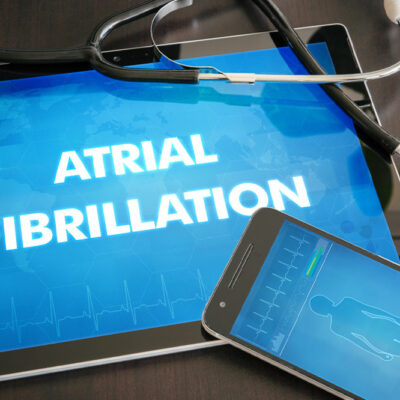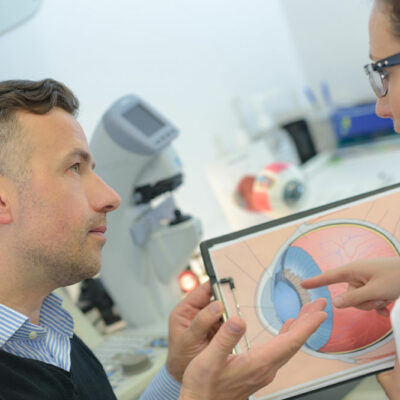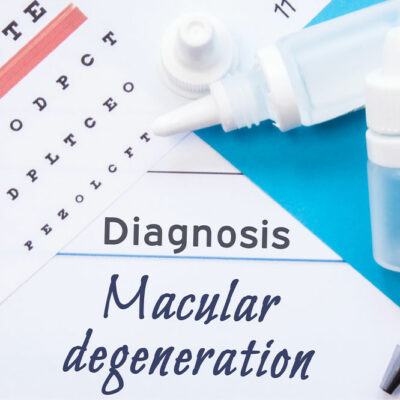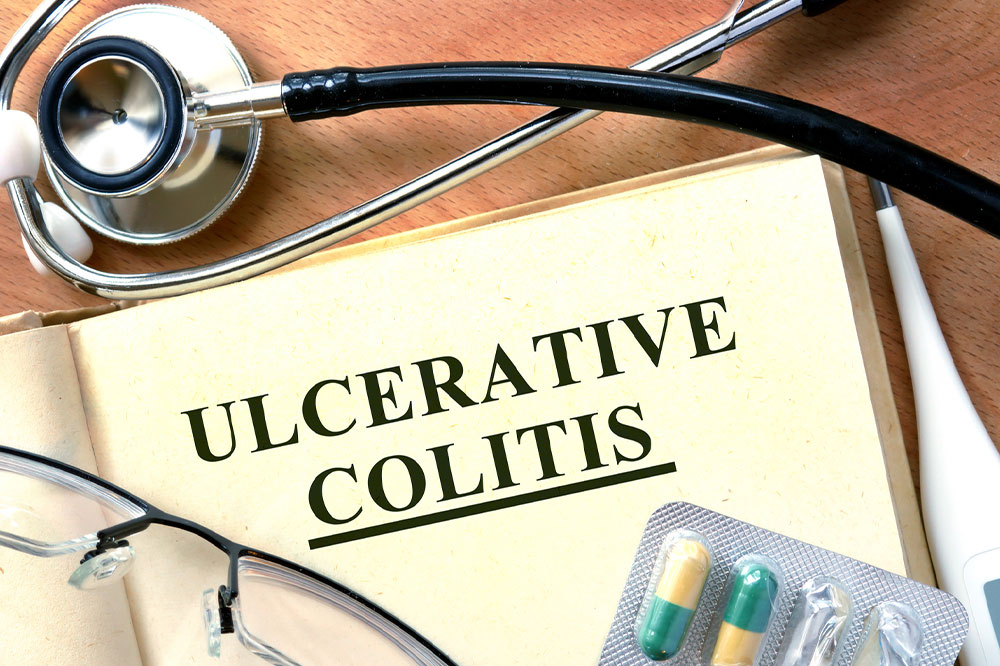Esophageal cancer – Signs, underlying causes, and management options

Esophageal cancer presents a formidable challenge due to its often late-stage diagnosis. Considered the sixth most common among all cancer types, esophageal cancer tends to affect more men than women and is usually attributed to many factors, including poor lifestyle habits and genetic factors. Let’s understand its telltale symptoms, underlying causes, and available treatment options. Knowing these will help individuals recognize the signs promptly and enable better management of esophageal cancer.
Understanding esophageal cancer
Within the elongated and hollow pathway connecting our mouth to the stomach lies the esophagus—a crucial conduit for food. Any genetic mutations or cell abnormalities can lead to the formation and accumulation of cancerous cells. These cells may grow uncontrollably and develop into a tumor, which can then invade the surrounding tissues. In esophageal cancer, the cancerous cells begin to affect the inner lining of the esophageal tube first and gradually spread outside if they are not promptly treated. Esophageal cancer can be of two types, squamous cell carcinoma and adenocarcinoma. The former develops from squamous cells along the esophagus while the latter develops from gland cells.
Common signs
- Difficulty in swallowing
This is one of the most common signs of esophageal cancer. The cancerous cells narrow the esophagus as they grow and block the pipe, making it more challenging for foods and liquids to pass through. Initially, this may be noticed with solid foods and progress to difficulty swallowing even soft foods or liquids, and eventually, giving the sensation of choking. To avoid the progression of cancer, one is advised to get any obstruction checked immediately. - Changes in eating habits
Any changes in normal eating habits without any apparent explanation should be checked by a healthcare professional. These may include changes in food preferences like opting for mushier or liquid foods instead of solids to avoid coughing or choking, eating more slowly, or taking smaller bites than usual. - Loss of appetite
Esophageal cancer can lead to loss of hunger and decreasing body mass as a result of less food consumption. - Chest pain or discomfort
Chest pain and discomfort can also be some of the early signs of esophageal cancer. The cancer can manifest as a burning sensation or pressure building up in the middle of the chest, often resembling heartburn. The pain may worsen with swallowing and can radiate to the back, shoulders, neck, or behind the breastbone. - Heartburn or acid reflux
Chronic or persistent heartburn, also known as gastroesophageal reflux disease (GERD), can be an early warning sign of esophageal cancer. It occurs when stomach acid flows back into the esophagus, causing irritation and inflammation over time. - Chronic cough
A persistent or chronic cough that does not respond to typical treatments may indicate esophageal cancer. The tumor’s presence in the esophagus can stimulate cough reflexes or cause irritation, leading to an ongoing cough that doesn’t resolve. - Changes in one’s voice
Vocal cords and esophagus are closely placed, and any tumor formation can compress the pathways and press against one’s vocal cords, leading to hoarseness or changes in one’s voice. - Vomiting sensation
Since the tumor blocks the esophageal pipe, it can lead to a constant sensation that the food is getting stuck or backed up into one’s mouth or throat. - Tiredness
Cancer consumes one’s energy, affects one’s metabolism and nutrient absorption, and tends to bring fatigue or persistent tiredness even without making any lifestyle changes. - Esophageal bleeding
If one notices blood passing through one’s stool, it can be a sign of esophagus cancer since food passing through it can affect the walls of the organ.
Esophageal cancer signs are difficult to detect at an early stage, which can lead to delayed medical attention and diagnosis. Esophagus is an internal organ, which makes it challenging to visualize and detect abnormalities without specialized diagnostic procedures. Furthermore, esophageal cancer can develop silently without causing noticeable symptoms until it has reached an advanced stage. As a result, by the time symptoms become apparent, the cancer may have already spread to nearby tissues or distant organs, making treatment more challenging. Early detection relies on regular screenings, risk factor awareness, and prompt medical evaluation for any concerning symptoms.
Causes
The causes of the condition are still under research, but certain lifestyle, environmental, and genetic factors have been known to increase the risk of developing esophageal cancer. Some underlying causes are as follows:
- Barrett’s esophagus
This condition is marked by chronic acid reflux and heartburn that has been left untreated for a long time. - GERD
Chronic exposure to stomach acid and inflammation may also increase the risk of developing esophageal cancer. - Human papillomavirus (HPV)
This virus can infect the esophageal tissues and vocal cords and lead to the formation of lumps in the throat, sores on one’s neck, or voice changes. - Genetic factors
Those with a family history of esophageal cancer or any other type of cancer in one’s neck or head may also be at a higher risk of developing it. - Occupational hazards
At times, esophageal cancer may develop if one is constantly exposed to certain chemicals such as dry cleaning solvents or asbestos, particularly in industries like construction and manufacturing.
Treatments
Depending on the stage, location, and symptoms of cancer and the patient’s existing health condition, a combination of these treatments may be recommended to achieve the best possible outcome and improve one’s prognosis:
- Surgery
This intervention can help eliminate the tumor and nearby lymph nodes directly. - Chemotherapy
This process can help prevent the growth of cancerous cells and may be combined with other treatments like radiation therapy. - Radiation therapy
This treatment option uses high-energy beams to target and destroy cancer cells and shrink tumors. Radiation therapy may even precede surgery or be used after surgery to eliminate remaining cancer cells. - Targeted therapy
Here, the treatment interferes with the signals that cancer cells need to survive and replicate and gradually diminishes their numbers. - Immunotherapy
This therapy helps one’s immune system to fight off the cancer cells.
These treatments are usually combined with palliative care to help patients manage their symptoms.
















